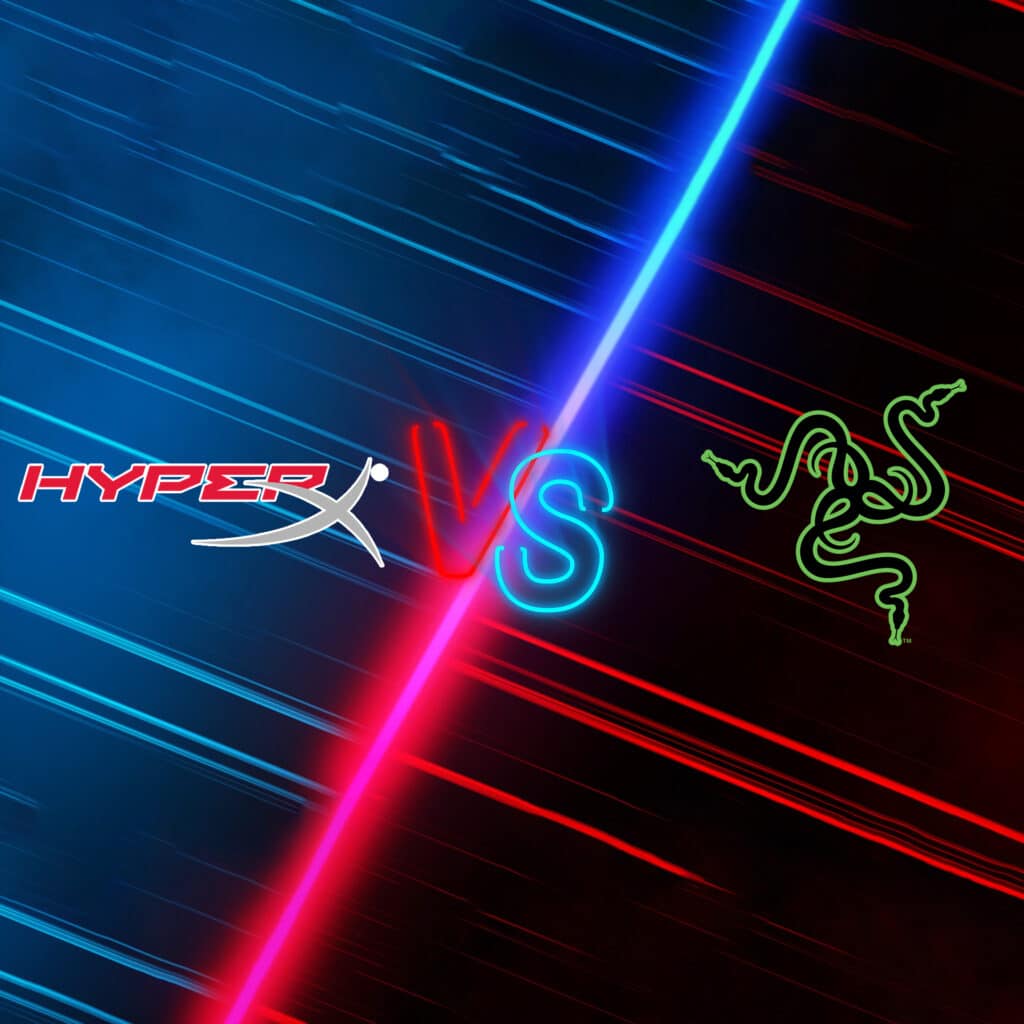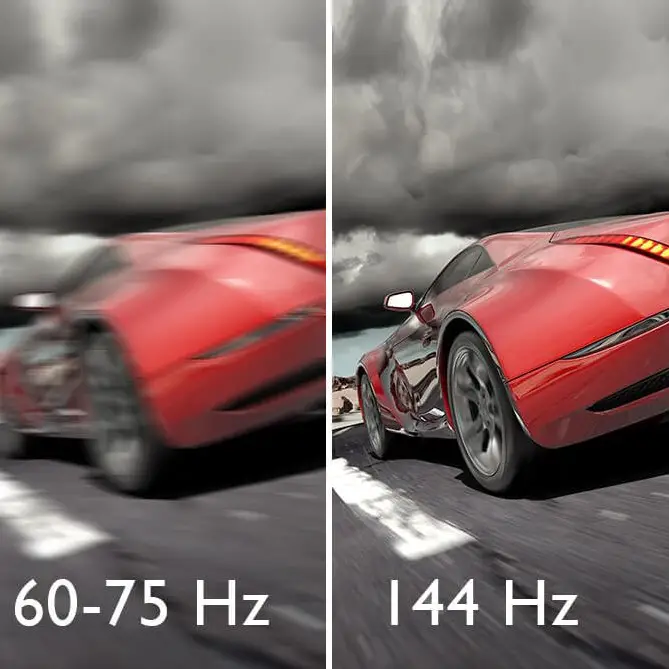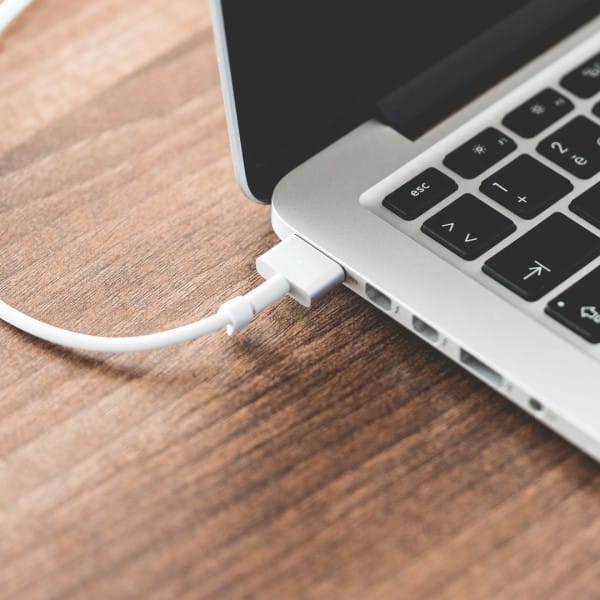When you purchase through links on our site, we may earn an affiliate commission. Learn more...
What Game Settings Affect FPS The Most?

Today, we embark on a journey to unravel a critical aspect of this gaming quest – understanding the game settings that have the most significant impact on your framerates.
We’ll analyze the core settings that can make or break your gaming experience. From the visual enhancements of Ray-Tracing that dazzle your eyes to the technical intricacies of Anti-Aliasing and Tessellation.
What Game Settings Affect FPS The Most?
The most demanding game settings are in order:
- Ray Tracing
- Resolution (2k+ resolutions are way more demanding than 1080p and lower)
- Shadow Quality
- Texture Quality
- Game Physics (e.g. PhysX)³
- Anti-Aliasing
- Effects Quality
- Tessellation (Hairworks, etc…)
Additional Thoughts
Ray Tracing: Revolutionizing Realism at a Cost
- Ray tracing is a groundbreaking technology that brings unparalleled realism to game graphics by simulating the way light interacts with objects and surfaces. It results in lifelike reflections, shadows, and global illumination.
- However, the computational demands of ray tracing are substantial, and enabling it can lead to a significant FPS drop, especially in graphically intense scenes. People with high-end GPUs (all the RTX models) can enjoy the visual feast it offers, but those with mid-range or lower GPUs, like myself, won’t be able to use it at all.
Resolution: The Clarity vs. Performance Trade-Off
- Resolution directly affects the clarity and sharpness of the visuals in your game. Higher resolutions, such as 2k (1440p) and 4k, offer stunningly detailed visuals, but they also put a substantial load on your GPU.
- If you’re aiming for the best visual experience, high resolutions are the way to go. However, for those prioritizing FPS, especially on less powerful hardware, sticking to 1080p or lower resolutions can provide a smoother gaming experience without sacrificing too much visual fidelity.
Shadow Quality: Shaping Realism and Immersion
- Shadow quality is pivotal for creating realistic lighting and depth in games. High shadow quality means more detailed and accurate shadows, which enhance immersion.
- Yet, cranking up shadow quality can significantly impact FPS, especially in scenes with numerous light sources and complex shadows. Gamers often find it beneficial to strike a balance between shadow quality and FPS by adjusting this setting based on their hardware capabilities.
Texture Quality: Balancing Detail and Performance
- Texture quality directly affects the level of detail in surfaces and objects. Higher texture quality delivers sharper and more realistic textures, enhancing visual fidelity.
- However, high texture quality can be demanding only on your GPU’s VRAM. It’s crucial to ensure your graphics card has enough VRAM to handle high-quality textures without causing stuttering or FPS drops. For that reason, Texture Quality can be way lower than what it is on the list since your FPS won’t be affected at all if your video RAM is not full.
Game Physics (e.g., PhysX): Adding Realism Through Simulation
- Game physics settings, such as NVIDIA’s PhysX, bring a layer of realism to games by simulating the behavior of objects and elements in the game world. This can include realistic cloth, fluid, and particle simulations.
- While physics simulations contribute to a more immersive gaming experience, they can also strain your CPU and GPU, impacting FPS.
- PhysX can feel more demanding if you run it using your CPU. However, it’s recommended to use your graphics card combined with the Nvidia PhysX System Software to achieve a much higher FPS.
Anti-Aliasing: Eliminating Jagged Edges
- Anti-aliasing techniques smooth out jagged edges and “jaggies” in games, resulting in cleaner and more visually pleasing graphics.
- This setting can also be higher or lower on the list depending on the type that you use. For example, MSAA x8 is way more demanding in terms of resources than FXAA.
Effects Quality: Sparkling Visual Flourishes
- Effects quality settings control the visual flourishes in games, including particle effects, explosions, and other dynamic elements.
- Higher effects quality can add cinematic flair to your gaming experience but can also be resource-intensive. Players often adjust this setting to strike a balance between eye-catching effects and smooth gameplay.
Tessellation (e.g., Hairworks): Adding Detail to 3D Models
- Tessellation, enhances the geometric detail of 3D models and surfaces, creating a more realistic appearance. It could be higher on the list but it only has an impact once you enable it. Raising its quality doesn’t affect your FPS that much. Check here for more information!
- Tessellation settings, such as NVIDIA’s Hairworks, are known for their visual impact. However, they can also be taxing on your GPU. Gamers should consider their hardware capabilities when enabling or adjusting tessellation settings to maintain playable frame rates.






